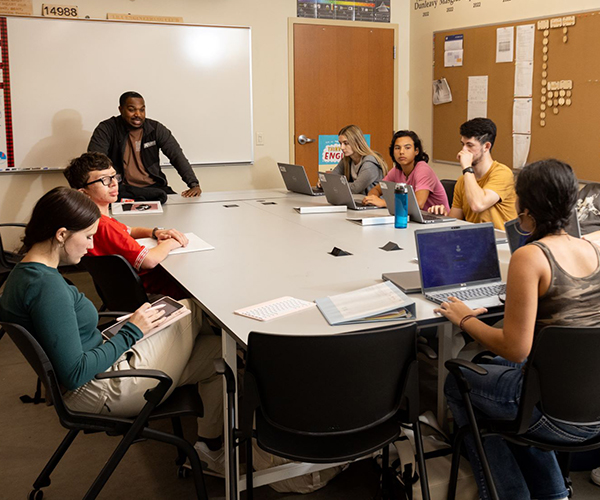Paying to Make the Grade
by Rebecca Turman | Jul. 27, 2005 | 4:00 AM
We've all seen the promising commercials for learning centers with sappy music playing in the background, A-plus papers hanging on the fridge and proud, teary-eyed parents. The image is clear: Tutoring is more than just a remedial tool to help struggling students.
The stigma formerly associated with getting outside educational assistance has flipped like a mobile chalkboard. Whether the cause is tougher admission competition, more reliance on standardized testing, greater strain on public school budgets or better diagnosis of learning disabilities at a younger age, tutoring seems to be required for getting ahead or just keeping up with the rest of the class.
In fact, Sylvan Learning Centers, which has more than 1,000 centers in the United States and Canada, boasts on its Web site, "Every 1 1/2 minutes a parent calls Sylvan Learning Center for help."
So we're talking some serious help here. But at up to $150 per week for learning center instruction, how can parents know they're getting the best for their money? Here's a little primer:
A-plus benefits?
Instead of battling 20 other classmates for a teacher's attention, outside learning centers can offer your child professional help focused directly on his or her needs. Along with individualized instruction, students may gain extra time for learning and the opportunity to develop a productive working relationship with an educator, says Nancy Padak, an education professor at Kent State University.
How each child benefits from outside learning centers depends on the quality of the overall program and the particular teachers working within it, Padak says.
Huntington Learning Centers, in Broadview Heights and University Heights, caters to kids who want to score higher on the ACTs and other tests, but the center doesn't just teach to the tests, says executive director Charlotte Bauer. "We build skills so kids can do the work themselves," Bauer says.
When to get help
Public schools might not be anxious to recommend outside learning centers to parents, but most teachers will tell you if your child is struggling, says Bauer. It's important to find out if your child really lacks the skills to do work properly, or if he or she just isn't motivated, she says. "As a parent, you need to make sure your child is where he needs to be for his age group," she says.
If the teacher isn't keeping you updated on your child's progress, there are some obvious warning signs, Bauer says. Be sure to look at fourth-grade proficiency scores, because they are good indications of capabilities, she adds. Also, if you spend two to three hours a day helping your child with homework and reteaching basic concepts, then it's probably time to consider some help, she says.
Make the most of your money
To get a feel for the environment and see how the teachers work with children, ask to sit in on a session, Padak says. Make sure you pay attention to the interactions and what tasks children do, she says. To get a better idea of how your child will benefit from the learning center, ask the director for evaluation results.
Find out the center's student/teacher ratio. If your child is struggling with reading, then she would benefit more from a one-on-one session than one teacher to four students, Bauer says. Also, if you are paying for an hour session, make sure the teacher is working with your child the whole time, she says.
Find out if teachers at the outside learning center are willing to meet with your child's schoolteachers and guidance counselors. This is a great way for the tutor to understand the environment in which your child learns best, Bauer says.
If you still aren't sure how to get the most for your money, contact the education department of an area college for advice.
Trending
-
1
-
2
-
3
-
4
-
5










